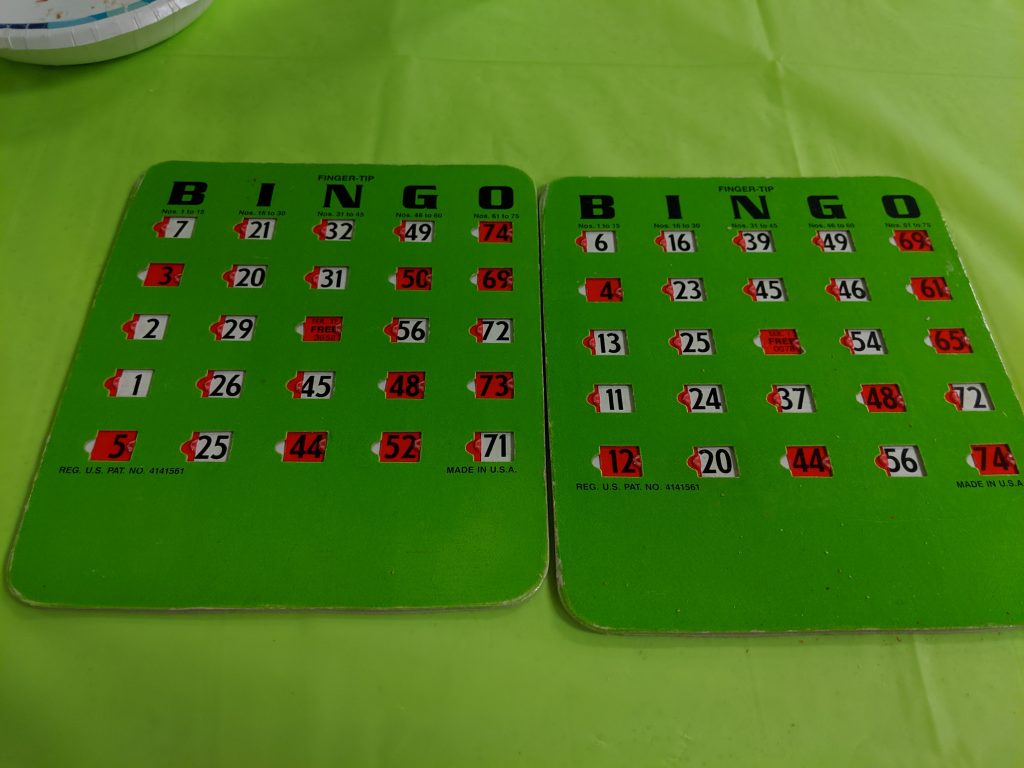Now, in more recent years, my photography has moved from a digital camera to a cell phone. I just recently bought tools to better hold my cell phone when taking a lot of pictures and I enjoy taking pictures.
One of the issues has been with documenting the photos. Not everyone will I post online. Photos taken digitally will have a date, details of the hardware, and if with a cell phone, a location embedded(if that is turned on), but not notes on what it is.
I already had a rather complex app that allowed me to edit all embedded metadata on photos, but I found a simple one that only allowed editing 4 fields…namely title and author, and included bulk editing options.
I then, at the camp, fixed some issues that would pull that information out of a photo when uploaded and use it as the title and/or caption in the backend.
The problem is multi-fold. For one, will I actually label photos on my phone? Secondly, I upload to multiple places automatically…I’m not sure if the changes would sync before or after the automatic upload.
Glad that I am trying this, but more to figure out before it works.


